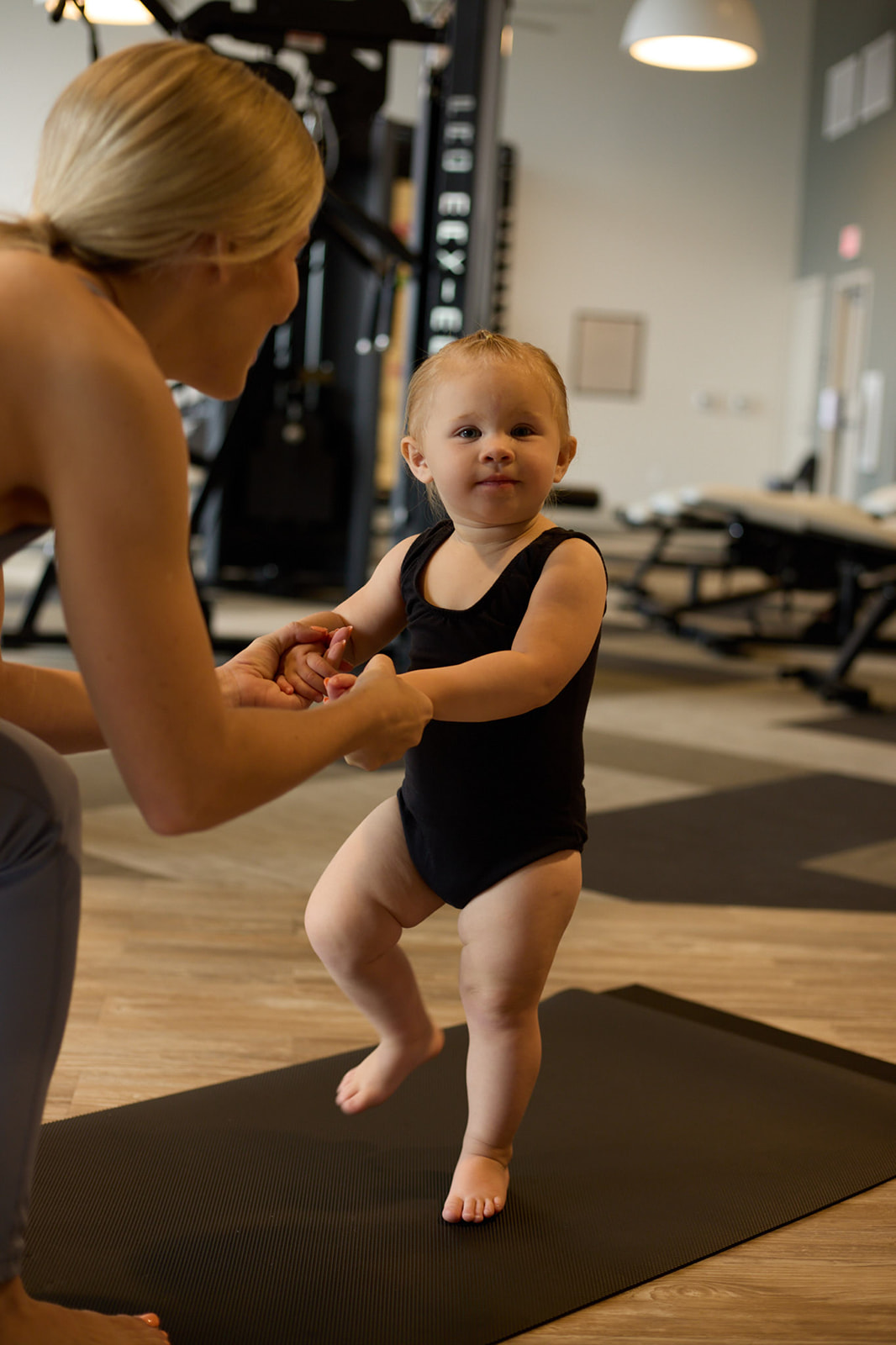
Somatosensory Development in Children
The somatosensory system is the part of the sensory system concerned with the conscious perception of touch, pressure, pain, temperature, position, movement, and vibration, all of which arise from the muscles, joints, skin, and fascia.
In children, this complex system is crucial to the development of posture, movement, perception of self, emotion and social interactions. By understanding the way our nervous system perceives and reacts to sensory stimulation, we can integrate organized sensory stimulation for the child and optimize childhood neurodevelopment.
Somatotropic Development
The organization of the somatic or tactile system is quite distinct from other sensory systems. The somatosensory cortex of the neocortex is essentially like a neural map of our external body surface where each part of our skin is represented in the brain (i.e. hands, feet, lips). It is the stimulation of our somatosensory cortex that allows us to sense our body and movement of that body.
Developmental studies have shown that these neural maps develop very early on in human development with a 2015 study demonstrating brain activation of the somatosensory cortex when the foot of a 7 month old baby was touched.
Another study by Marshall et al. demonstrated that not only did felt touch activate the somatosensory cortex in a baby, but also observed touch. This 2018 study showed that when a 7 month old baby watched someone else’s foot being touch, the same area of the brain activated as when their own foot was touched.
This observed touch / felt touch activation suggests the important role sensory processing has on empathy and social interactions.
Optimizing Somatosensory in Children
The greater the tactile or sensory stimulation, the greater the neural activation observed in the child. This is referred to as neuroplasticity, with children being in their peak window of neuroplasticity or development from newborn to age 4.
Below are some tips for designing a sensory rich environment and sensory-based activities for children, these will be broken down into Proprioceptive and Tactile.
Proprioceptive Stimulation
Helps to build postural tone, muscle tone, strength, force production and coordination.
- Stretches – Baby yoga, mommy & me gym classes, gymnastics, hanging on bars, parent-led stretches
- Dancing – Couples the auditory and movement systems to connect to the posture and movement. Twisting the body and moving limbs stimulates joint receptors.
- Compression – Weighted vests, wrist weights, compression apparel, hugs and heavier touch all stimulate muscle receptors.
- Swimming / Water Play – Immersion of the body in water helps to feel and connect to the body. Moving against the resistance stimulates joint receptors.
Tactile Stimulation
Helps to integrate touch, visual and auditory systems. Helps the child feel grounded and stable. Can be emotionally calming.
- Barefoot Play – The feet are so tactile rich allowing for a great opportunity to activate the brain. Spread the toes, climb on different surfaces, “see” with the feet.
- Clapping & Stomping – Clapping the hands or rubbing them together and stomping the feet or shuffling on the ground is a great way to “feel” connected to the body.
- Surface Variability – Sand, stones, grass, wood and Naboso. The more we can play with surfaces the more we keep the brain stimulated. Create your own tactile path where each step they take is a different stimulation.
As you think about how you can integrate the above information into a child’s routine, remember that play in itself is such a powerful neuro stimulus. Keep the interactions fun, and the interactions creative.
To learn more about the power of sensory stimulation in children and adults, please check out Dr Splichal’s book Barefoot Strong.
